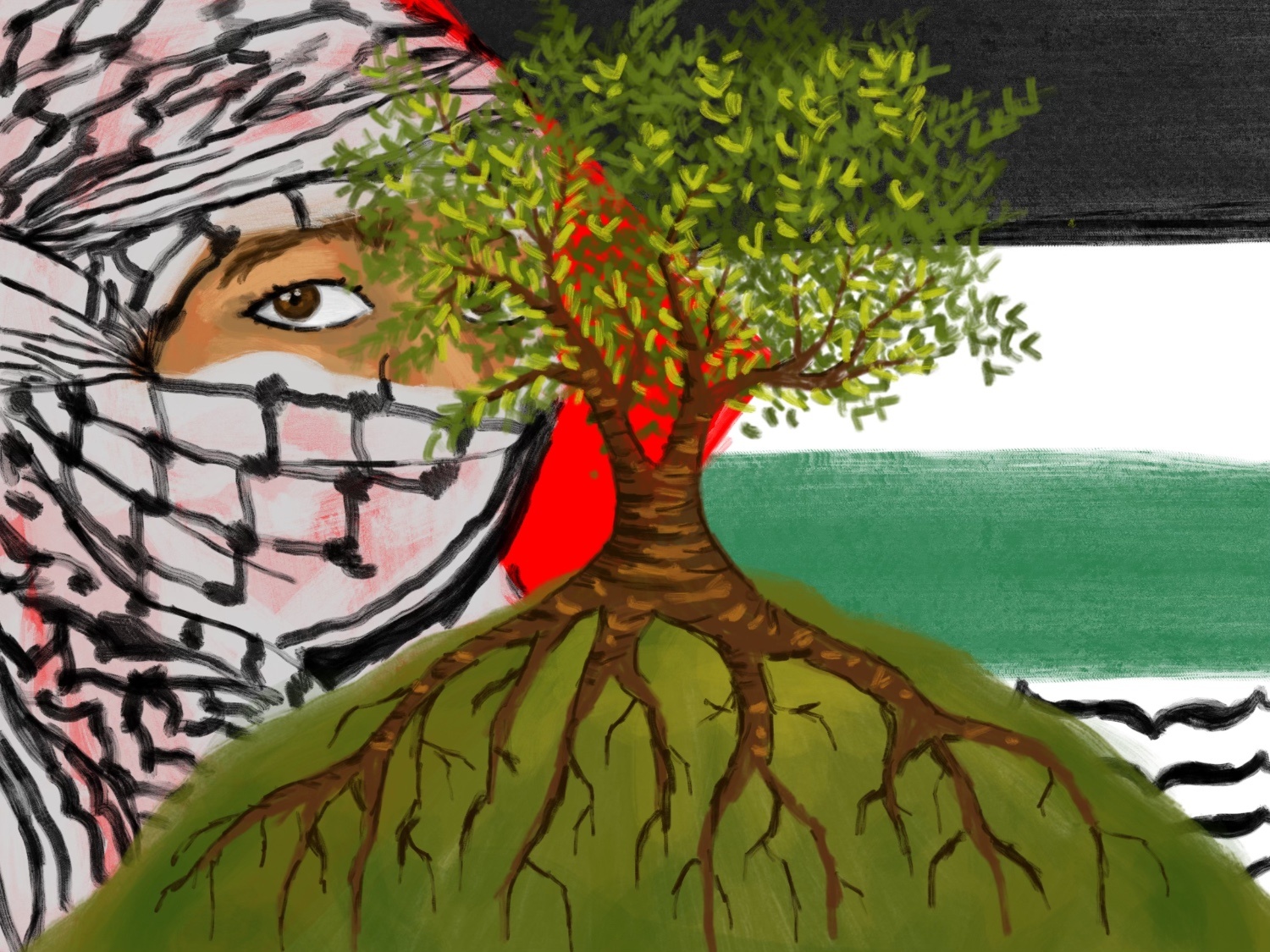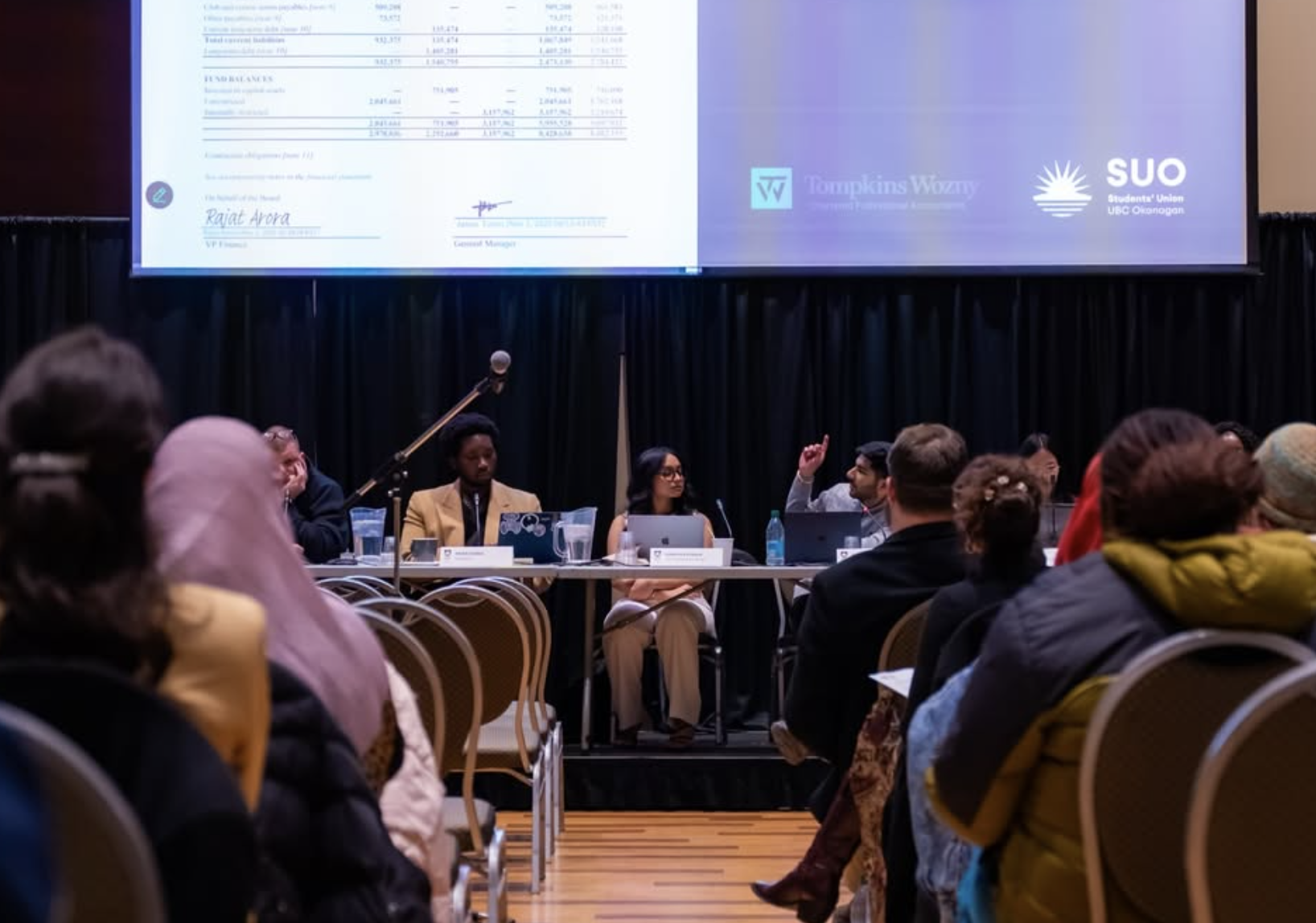
The war which began on October 7th, 2023, is one which has long captured the attention of the international community, first out of fear, then disgust — yet this conflict between Israel and Gaza began far before then.
While the wider conflict began with the formation of the state of Israel and its subsequent wars with the Palestinian authority in 1948 and beyond, the establishment of an independent Gaza — and, therefore, the roots of this particular war — began in 2005. As the Second Intifada (an earlier war between Israeli and Palestinian forces) had ended not long before, Israel had decided to re-orient its approach to national security. As a part of that process, the four Israeli settlements in Gaza were dismantled and military forces were withdrawn, though the Israeli government accordingly kept control over Gaza's external affairs, including with reference to its coastline.
Meanwhile, in Gaza, local militias affiliated with political parties and movements in the West Bank began to consolidate power, taking authority over various parts of the strip. The two main forces there were the same which had been the West Bank's two largest parties elected in 2006, those being one called Fatah, the second-largest, and Hamas, the largest. Over the course of the surrounding months, from September 2005 onwards, clashes began to erupt between Hamas-affiliated and Fatah-affiliated militias as tensions between the two parties began to spark up across the Palestinian Authority (the governing body which answers to Israel, though is responsible for governing Palestine). These tensions came to a head in Gaza on June 10th, 2007, when militias from both sides began what amounted to a civil war in the strip.
As we know well, Hamas won that civil war, and has governed the strip since. Since June 15th, 2007, when Hamas formally took control of the strip, Gaza has been under a complete blockade from the Israeli government, including by land, sea, and air, with exceptions for aid shipments subject to the approval of the Israeli government.
Further, since then, there have been clashes along the border every single year since Gaza's "independence," if it can be called that. This is at times at the hands of the military forces of Hamas, such as through rocket attacks, or at the hands of bombings from the Israeli Defense Forces (IDF). Those clashes escalated and came to a head on October 7th, 2023, where Hamas forces launched a surprise offensive across the Gaza-Israeli border, leading to the deaths of 1,195 Israelis and foreign nationals, of which 815 were civilians, alongside taking 251 hostages.
Since then, the Israeli armed forces have seized most of Gaza, directly inflicting some 68,000 deaths in the strip, while Hamas has killed 470 IDF soldiers since the start of Israeli operations in the region at time of writing. The United Nations has deemed Israel's actions in the Gaza strip to be tantamount to a genocide, with several scholars on the matter in concurrence — though not the point of this article, it should still provide some context for the difficulties in achieving an agreeable peace.
There have been two prior attempts at a ceasefire during this conflict: first at the end of 2023 and again this January, though President Trump's September 29th, 2025 20-point plan seems to have been accepted by both Israel and Hamas, and may well be the conflict's best chance at resolution. Already, the plan has been endorsed by many of the nations surrounding Israel and Palestine, as well as various Western nations, like Canada and the UK.
The plan, in short, would see the return of all hostages to Israel, the demilitarization of the Gaza strip, prisoner exchanges, the presence of an international "stabilizing" peacekeeping force, a new transitional government, and a conditional roadmap to Palestinian self-determination and statehood. Accordingly, the IDF has completed a partial withdrawal from the strip, handed over all remaining living hostages and the bodies of those which they can reach, and some 2,000 Palestinian prisoners held by the Israeli government have been released.
Despite the potential cause for optimism, there have been several interruptions and cause for concern; there have been numerous violations of the ceasefire, predominantly from the IDF. Further, Hamas has failed to return several of the bodies of some of its hostages, stating that they will need specialized equipment to excavate the sites where the hostages were held, bombed during the war; due to this, Israel has halved the amount of aid trucks entering the strip.
While the likelihood of the ceasefire being fully followed remains doubtful, there are still causes for celebration. Despite ceasefire violations, there exists now a coherent international effort to enforce peace between the two figures involved in this conflict, including at least a pause to the genocidal actions being taken. While the future for Gaza, Palestine, and Israel remains uncertain at best at this moment, there also exists the potential for a lasting peace; we can only hope it might be reached.



